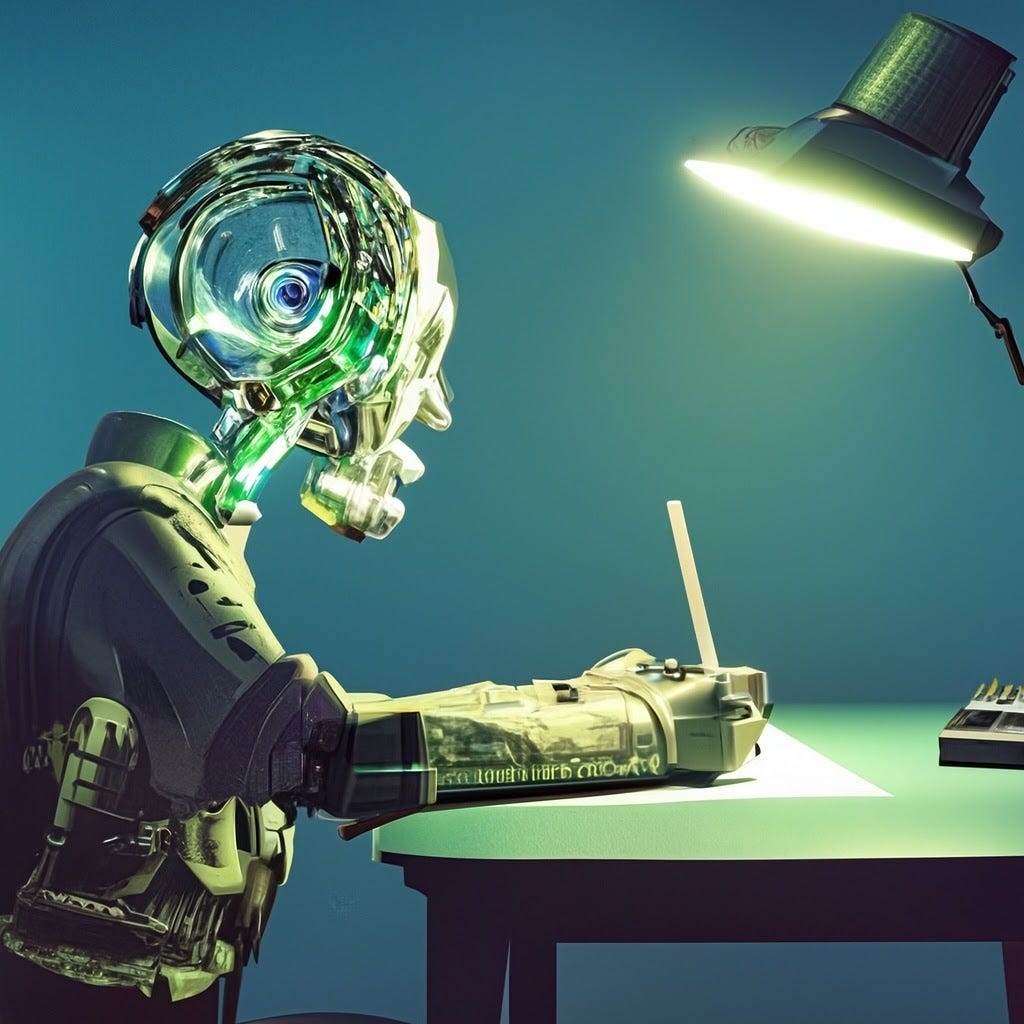Understanding the Relevance of an Ai Detector in Today's Digital Landscape
As fabricated intelligence continues to permeate different facets of web content creation, differentiating in between human-generated and machine-generated product has actually come to be progressively complicated. These tools not only aid in determining AI-produced content however additionally promote the integrity of information dissemination.
The Rise of AI Material

The surge of AI-generated web content has substantial implications for various sectors, consisting of advertising and marketing, journalism, and enjoyment - ai detector. Organizations are increasingly utilizing these modern technologies to boost efficiency, individualize web content, and involve target markets a lot more effectively. The ability to evaluate huge datasets allows AI systems to tailor web content to satisfy details customer preferences, giving an extra individualized experience
However, the expansion of AI material also increases vital considerations for content designers and customers alike. As AI becomes extra integrated into content production operations, recognizing the nuances of AI-generated product is necessary for preserving top quality and relevance in a rapidly developing electronic atmosphere. Welcoming this technological development while remaining attentive regarding its effects is essential for stakeholders in the electronic media landscape.
Difficulties of Credibility
The introduction of AI-generated material has actually introduced substantial difficulties pertaining to authenticity in digital media. As algorithms come to be a lot more sophisticated, distinguishing between human-created and machine-generated web content ends up being increasingly difficult. This blurring of lines raises problems regarding the reputation of details and the possibility for false information to multiply.
Among the primary challenges is the erosion of trust fund among consumers. With AI efficient in producing practical text, images, and videos, individuals may find it challenging to recognize genuine sources from deceitful ones. This skepticism can lead to a broader mistrust of all electronic content, making complex initiatives to identify credible details.
Moreover, the implications for intellectual building are substantial. As AI devices produce content based upon existing works, concerns relating to ownership and originality emerge. Content makers may struggle to protect their job from anonymous AI reproductions, threatening their incomes and rights.
Last but not least, the capacity for harmful usages of AI-generated material, such as deepfakes and computerized propaganda, poses serious moral and social dangers. These difficulties underscore the immediate need for structures that copyright authenticity in the electronic landscape, guaranteeing that details remains reliable and credible.
Duty of AI Detectors
Attending to the difficulties of authenticity in electronic media calls for cutting-edge services, and AI detectors have actually become an important tool in this initiative. These technologies are developed to examine and identify material generated by artificial intelligence, consequently facilitating the discernment between machine-generated and human-created products. The duty of AI detectors expands beyond simple recognition; they also add to maintaining the honesty of info taken in by the public.
AI detectors make use of advanced formulas to look at various components of digital material, including etymological patterns, architectural anomalies, and particular markers that show automation. Their application spans numerous industries, consisting of journalism, education, and social media, where the existence of AI-generated content can lead to misinformation and erosion of trust.

Benefits of Utilizing AI Detectors
Ensuring authenticity in electronic content personifies the basic need for count on details resources, and AI detectors offer as an effective ally in this search. By identifying AI-generated content, these devices aid maintain the integrity of information, thereby safeguarding individuals from misinformation and boosting total material high quality.
One of the primary advantages of utilizing AI detectors is their ability to enhance material confirmation processes, dramatically minimizing the moment and effort required to analyze the authenticity of digital products. This performance enables content creators, instructors, and services to concentrate on creating high-quality and reliable details, instead of spending too much resources on fact-checking.
Moreover, AI detectors foster accountability amongst content makers. The understanding that AI-generated content can be identified encourages transparency and honest practices in material manufacturing. This, subsequently, adds to an extra educated electronic area, as individuals can confidently engage with confirmed information.
Future of Web Content Confirmation
As the landscape of digital material remains to develop, the future of material verification provides both challenges and possibilities for keeping credibility. As AI modern technologies breakthrough, so as well do the techniques for distributing and creating misinformation (ai detector). This arms race between material developers reference and confirmation devices demands the growth of much more sophisticated AI detectors qualified of discerning real material from manipulated or fabricated product

Furthermore, the increase of decentralized technologies, such as blockchain, holds assurance for verifying content provenance, ensuring that individuals can map the origins of the information they take in. Ultimately, the future of material click for more info verification will certainly depend upon our capacity to innovate despite progressing risks, promoting a digital setting where authenticity is identified and supported as an essential principle.
Verdict
In conclusion, the proliferation of AI-generated web content demands durable systems for authenticity confirmation. The future of web content verification hinges on the effectiveness of AI detectors in maintaining credibility across numerous media systems.
AI material development tools, such as natural language handling designs and generative adversarial networks, enable companies and people to generate high-grade web content at unmatched rates and reduced prices.
However, the spreading of AI content additionally raises crucial considerations for material makers and consumers alike. As the refinement of AI-generated material proceeds to progress, the duty of AI detectors becomes progressively essential in safeguarding authenticity and advertising transparency in electronic communication. The knowledge that AI-generated content can be determined motivates transparency and moral techniques in material production.As the landscape of digital click reference web content continues to evolve, the future of web content verification tests both provides and opportunities for keeping authenticity.